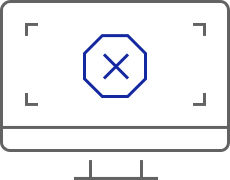Sorry, There is a fatal error on this server.

Please check the URL for proper spelling and capitalization. Or, contact to Webmaster. It will redirect to a new SAIT homepage after 5 seconds.
go to homeSorry, There is a fatal error on this server.

Please check the URL for proper spelling and capitalization. Or, contact to Webmaster. It will redirect to a new SAIT homepage after 5 seconds.
go to home